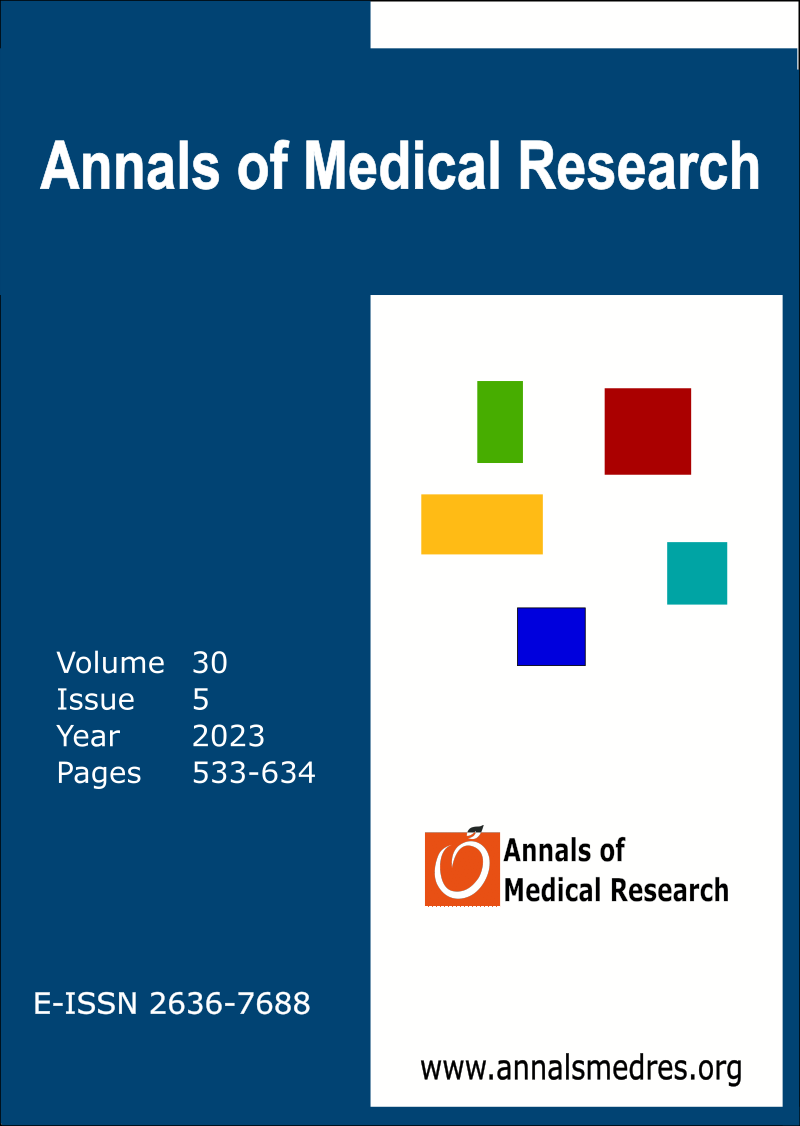Approach to the intracranial aneurysm in patients with autosomal dominant polycystic kidney; Are current radiological screening recommendations applied?
Keywords:
Polycystic kidney, Autosomal dominant, Intracranial aneurysm, Magnetic resonance angiographyAbstract
Aim: The frequency of intracranial aneurysm increases in autosomal dominant polycystic kidney disease (ADPKD); contrary to what was previously known, radiological screening for aneurysms is recommended for these patients in current studies. This study aimed to evaluate whether the recommended radiological screening is carried out in daily practice in patient follow-up, thereby creating awareness and providing an opportunity for early diagnosis and treatment.
Materials and Methods: 146 patients who were followed up in our hospital with the diagnosis of ADPKD between January 2016 and December 2021 were retrospectively reviewed and brain MRI, brain CT, Magnetic Resonance Angiography (MRA), Computed Tomography Angiography (CTA) scans were evaluated by two independent radiologists experienced in neuroradiology. Interobserver variability was also evaluated in terms of the presence and location of aneurysm by the kappa statistic.
Results: The mean age of the patients was 57±16.19 years. Cerebral MRA of 11 patients, CTA of one patient, brain MRI of 40 patients, brain CT of 4 patients and DSA examinations of 4 patients were determined. Aneurysm was detected in 7 patients, two of which were multiple.
Conclusion: The results of the study showed that periodic radiological scans of intracranial aneurysms are not performed in order to prevent subarachnoidal hemorrhage, which is the most mortal complication of ADPKD, and current approaches are not reflected in daily clinical practice.
Downloads
Published
Issue
Section
License
Copyright (c) 2023 The author(s)

This work is licensed under a Creative Commons Attribution-NonCommercial-NoDerivatives 4.0 International License.
CC Attribution-NonCommercial-NoDerivatives 4.0






